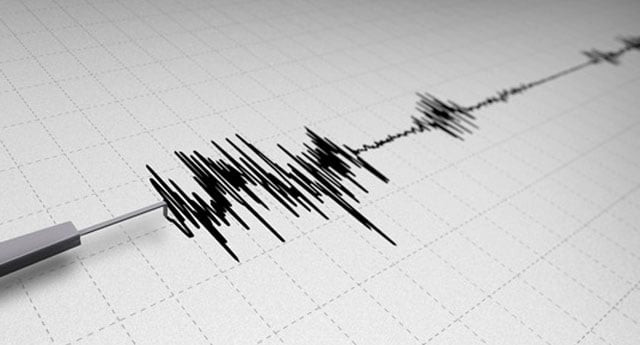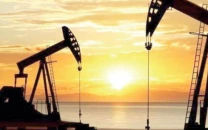Moderate 5.4-magnitude earthquake rocks Tokyo
15 people have been injured due to the jolt including an 83-year-old woman who broke her leg

PHOTO: VIDEOHIVE
The 5.4-magnitude quake, with its epicentre located in Tokyo Bay, struck at 5:49 am (2049 GMT), according to the US Geological Survey.
The number of injuries in connection with the jolt in Tokyo and its vicinity came to 15, including an 83-year-old woman who broke her leg when she fell from a bed, the Yomiuri Shimbun said.
Television footage showed outside walls coming off the fourth floor of an apartment and scattering on the ground in the capital's residential district of Nakano.
The quake also broke water pipes in several areas, leaking water, while at least five people were temporarily trapped in elevators, Japan's public broadcaster NHK said.
The Japan Meteorological Agency said no tsunami warning had been issued, and that the quake was 70 kilometres (43 miles) deep.
Read: Strong earthquake jolts Islamabad, parts of K-P
But the agency warned sizable aftershocks could strike in Tokyo at least in a few days, while calling on residents to stay vigilant against possible landslides in the wake of heavy rain that hit the region earlier this week.
The earthquake came as authorities were grappling with the aftermath of massive flooding that killed at least three people, as thousands of rescuers searched for more than a dozen still missing in disaster-struck Joso city, which lies about 60 kilometres (37 miles) outside Tokyo.
The quake also temporarily stopped Tokyo subways and trains, but service was quickly resumed.
Read: A shaky morning: Minor earthquake jolts K-P
The tremor did not cause any damage to the region's nuclear facilities, according to the government, and did not affect the areas that host the crippled Fukushima Daiichi nuclear plant, which went through meltdowns after a 9.0-magnitude quake and tsunami disaster in 2011.
It served as a reminder that a huge earthquake could strike the Japanese capital -- which has a population of about 13 million people -- at any time.
Experts have long warned Japan to stay vigilant for the next "Big One", and a powerful 7.8-magnitude earthquake struck off the coast in May.
Residents and officials of Tokyo and the rest of the nation routinely hold emergency drills, with the government stepping up its disaster response in the wake of the 2011 devastation.



















COMMENTS
Comments are moderated and generally will be posted if they are on-topic and not abusive.
For more information, please see our Comments FAQ